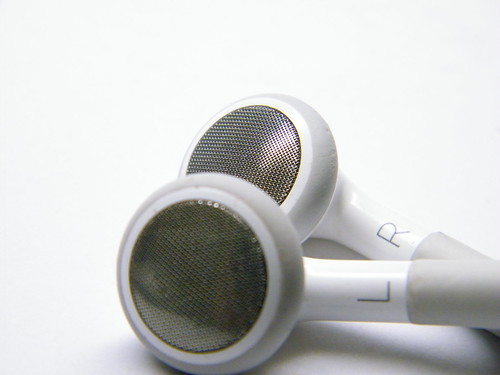There’s an iPhone for everyone, regardless of what you expect from your smartphone. Whether you’re dealing with a shoestring budget or a fondness for the way things used to be, you don’t have to give up your Apple dreams. Create a checklist of all your must-have features, and you’re guaranteed to find an iPhone that ticks off each essential.
Consider Your Budget
Do you need to save money? Are you in the market for a functional but affordable phone for yourself or perhaps a tween? The fact that iPhones are costly is not a shocking revelation, but users know that they’re getting high value for their money. However, not everyone can afford the latest model, but they still want to enjoy classic iPhone features. In that case, the iPhone SE is the perfect pick.
Don’t let the fact that it’s both the smallest and least expensive Apple phone fool you. It’s powered by the latest iOS software so that you won’t lag behind your peers. The screen is only 4 inches, but the resolution is sublime. Fans of the newest and shiniest deride the SE’s camera, but its photos are surprisingly clear for something so small. The latest releases have an impressive 32 GB or 128 GB of storage, too.
Settle on Your Preferences

Image via Flickr by aCleverDuck
Some iPhone purists are still angry about the lack of a traditional headphone jack on newer phones, and they’re not satisfied with the “dongle,” or the adapter that allows the use of older earbuds. Are you among the users who are tired of buying new accessories? If so, you can give up both the mini-USB earbuds and the new Bluetooth enabled headphones. Embrace the throwback charm of the 6S or the 6S Plus, instead.
It’s the last classic iPhone in the traditional full size. They run off the A9 chip rather than the newer, faster A11, but you shouldn’t notice much of a difference unless you’re editing videos or trying to use an app that relies on augmented reality. The camera isn’t as awesome as what you find on later generations, either, but it’s on par with the SE.
Ease Into the World of 4K
Leaping from an older iPhone to an updated model is eye-opening, even jarring. Starting out with the iPhone 7 or 7 Plus is an ideal way to familiarize yourself with 4K video. The high-res displays will make your eyes pop. With this generation, you also enjoy water resistance and a speedier performance, owing to the A10 chip.
Opt for the 7 Plus and you get two camera lenses. One is for portrait shots, while the other captures stunning wide-angle photos. Because it performs faster, however, it also deserves an impressive network. To get the most out of it, for example, try using the iPhone 7 Plus paired with T-Mobile’s 4G LTE network. There’s no sense having a state-of-the-art phone if your carrier can’t keep up with you. With T-Mobile’s network, your phone seamlessly connects to an LTE network without interrupting your data flow or sacrificing speed. Who even needs Wi-Fi?
Calculate Your Need for Speed
Do you long for a fast phone that never buffers or lags? At first glance, both the 8 and the 8 Plus appear identical to the 6 and 7, but that’s why you shouldn’t judge a phone by its cover. For instance, these iPhones feature a sleek glass back. They run off the A11 chip, and they’re capable of wireless charging. Granted, they’re more expensive than earlier generations, but they’re also full of neat tricks and enhancements that you can explore as you get to know the phone.
Stick to a Size
What’s better? Bigger or smaller? Bigger is always better, right? That’s only the case for people who don’t have deep pockets. Past iPhone models are enormous with proportions that rival mini tablets. The iPhone X goes back to basics in that regard. It doesn’t sacrifice power, resolution, speed, or screen size. Rather, the screen takes up almost the entire front of the phone. You can’t neglect the high-tech facial recognition feature, either.
Speed, size, price — these are all considerations to take before picking out the right iPhone. Which one fits your needs?

Thanks for sharing this information with us this really very interesting information which is mentioned in this article I read all the article and really help me to a lot.